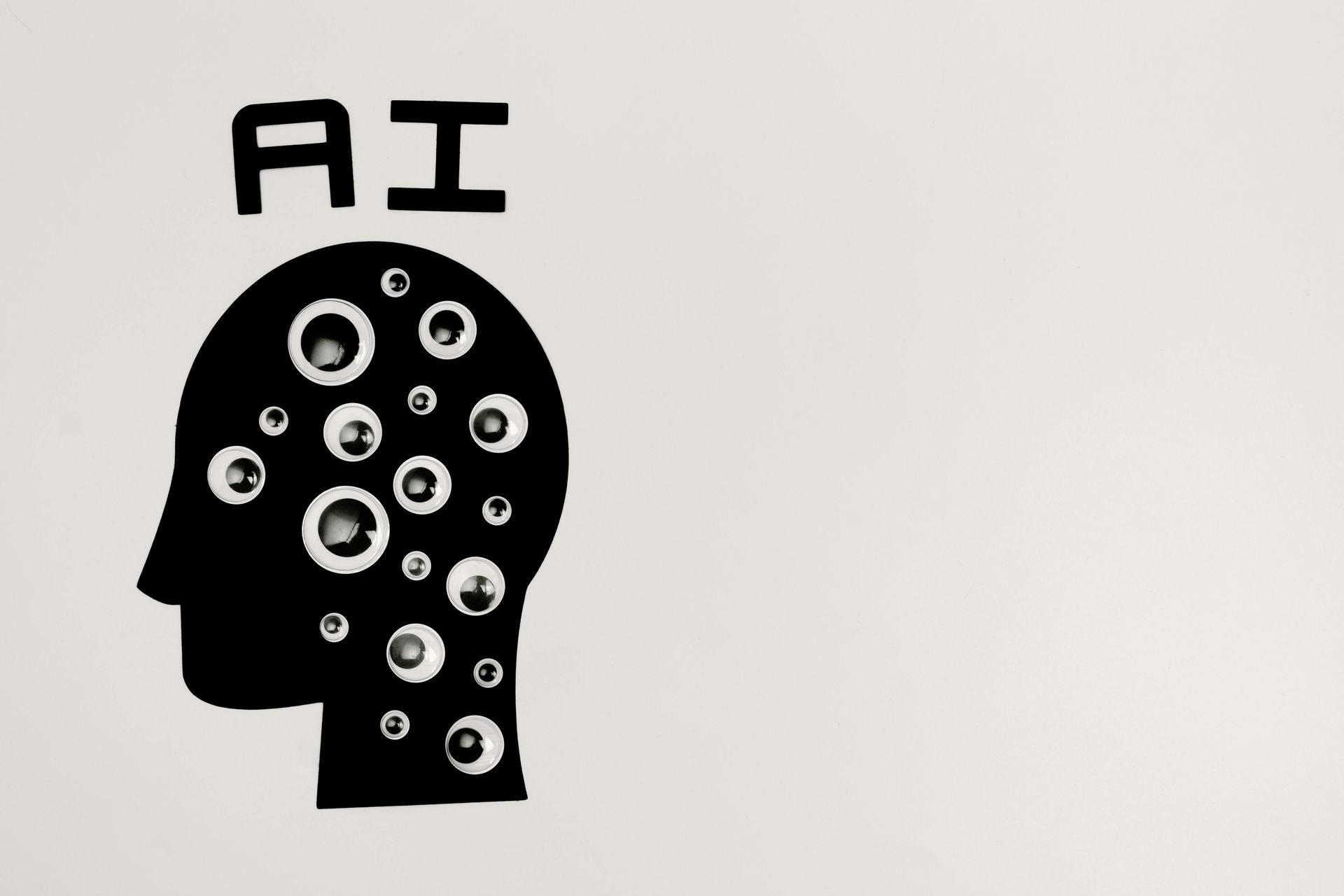Do You Like Your Health Insurance?

Most all policies today are major medical policies.
These policies were popular beginning in the 50s and 60s.
With this type of insurance, you pay a premium, deductible, coinsurance, and co-payments? With so much money coming out of your pocket, why are these policies roaring back under the Affordable Care Act?
The answer is profit! Insurance companies have to provide preventative benefits, mental health care coverage, and other benefits that you receive, and cannot price a policy differently for people who have pre-existing conditions. Yet, they can price a policy differently based on your age. Is this fair? No! As people age, they may be healthy and have to shoulder the cost of care for those who may be younger and sick. The Affordable Care Act traded age for pre-existing conditions.
Furthermore, these policies are old school.
Today, some HMOs and PPOs offer the same type of coverage with this model of care, but it doesn’t make sense. Health Maintenance Organizations became very popular as a result of the 1973 HMO Act that spurred their development. By 1975, approximately 6 million people were in HMOs and according to Health Affairs by 1990, that number swelled to 36.5 million enrollees.
Between 1978 and 1990 the number of HMOs surged too. By the 1980s, HMOs were being paid prospectively, so they were taking “risk” in managing people’s care. Most health insurers at the time also offered HMOs and were beginning to offer PPOs, or Preferred Provider Organizations. PPOs allowed people to choose their own doctors and specialists within a network of physicians with whom the insurer contracted. During this time, enrollees in HMOs or a PPO, paid a premium and limited copayment as a result of having their care managed. While case management spread, there was little coordination between providers. Health Insurance was affordable at the time.
Today, health insurance is unaffordable. I pay close to $10,000 a year for a major medical policy I barely use. Yet, I have seen my premiums, deductibles, copayments and coinsurance increase. Yes, I understand the population is aging, and as people age, many acquire disease, and most care is received in the last years of life. Health care costs have risen in this country and in 2017 health consumed over 17% of the GDP . Despite this, health insurers need to become more creative in offering different types of insurance policies.
Today, health insurance is unaffordable. Insurers want us to share in the cost of care not only for doctors, but for hospitals, lab, equipment, prescriptions, etc. So, what does an insurance premium buy you? The opportunity to pay more out of your pocket for care. Yes, I understand the population is aging, and as people age, many succumb to disease(s), and most care is received in the last years of life.
Health care costs have risen in this country astronomically and in 2017 consumed over 17% of the GDP. Despite this, health insurers need to become more creative in offering different types of insurance policies.





